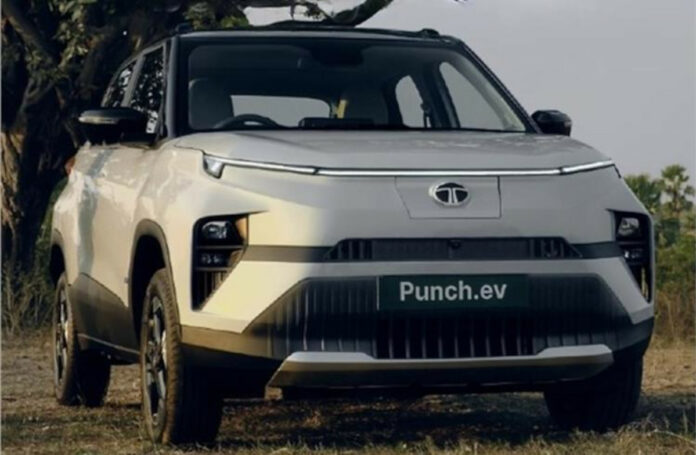Extensive Analysis of Tata Motors
Discover Tata Motors’ strategic journey in the electric vehicle (EV) market, focusing on their latest Punch EV. This detailed analysis covers their market positioning, sales forecasts, competitive challenges, and technological advancements, offering key insights for automotive enthusiasts and industry experts.
Introduction
Tata Motors stands at the forefront of the electric vehicle (EV) revolution in India, with the launch of the Punch EV marking a significant milestone in their journey. As the largest EV manufacturer in the country, Tata Motors is not just participating in the market shift towards sustainable mobility but is actively shaping it. This analysis delves deep into the company’s strategy, market impact, and future prospects in the rapidly evolving EV landscape.

Overview of Tata Motors’ EV Strategy
- Market Leadership and Growth
- As a dominant player in India’s EV sector, Tata Motors has consistently showcased its capability to lead and expand the market. The launch of the Punch EV is a strategic move to consolidate this position further and capture a larger market share.
- Sales Projections and Market Impact
- With the introduction of the Punch EV, Tata Motors is expected to see an incremental sale of 25,000 to 30,000 units in the coming year. These figures are substantial, considering the consistent sales performance of their existing models like the Punch SUV, which averages 13,000 to 15,000 units monthly.
In-Depth Analysis
- Target Market and Consumer Demographics
- The Punch EV, with its pricing in the Rs 10 lakh to Rs 15 lakh range, targets a broad demographic but focuses particularly on mid-30s consumers, many of whom may be purchasing a car for the first time. This segment is crucial as it represents a growing and environmentally conscious consumer base.
- Strategic Positioning in the EV Market
- Tata Motors’ strategy involves not just the introduction of new models but also a focus on accessible pricing and targeting key consumer segments. This approach is expected to further strengthen its presence in the EV market.
- Technological Advancements and Product Range
- The company’s emphasis on innovation is evident in its diverse EV offerings. The Punch EV is just one part of a larger strategy that includes the upcoming Curvv EV, Harrier EV, Sierra EV, and Altroz EV, showcasing a commitment to catering to various consumer needs and preferences.
Competitive Landscape and Challenges
- Emerging Competition
- The entry of other major automakers like Mahindra & Mahindra, Maruti Suzuki, Hyundai, and Kia into the EV space poses new challenges for Tata Motors. These competitors are expected to introduce their EV models in the mainstream market, potentially impacting Tata’s market share.
- Market Dynamics and Consumer Behavior
- Navigating the shifting market dynamics and evolving consumer preferences are critical challenges for Tata Motors. Adapting to these changes while maintaining market leadership will be key to their ongoing success.
Pros and Cons Analysis
| Pros | Cons |
|---|---|
| Strong Market Leadership in EV | Increasing Competition |
| Effective Market Positioning | Market Volatility |
| Innovation and Technological Leadership | Infrastructure Development Challenges |
| Significant Investment in EV Infrastructure | Consumer Behavior Adaptation |
| Diverse and Expansive EV Model Range |
Conclusion
Tata Motors’ journey in the EV market, especially with its latest offering, the Punch EV, highlights a strategic approach encompassing market understanding, consumer behavior insights, and technological innovation. The company’s ability to adapt to changing market conditions and consumer needs will be pivotal in maintaining its leadership position in the face of growing competition.
FAQs
- What is Tata Motors’ sales expectation with the Punch EV?
- Tata Motors projects an increase of about 25,000 to 30,000 units in sales for the Punch EV in the coming year.
- What demographic is the Punch EV targeting?
- The Punch EV is primarily aimed at consumers around 35 years old, which includes a significant portion of first-time car buyers.
- What are the major challenges Tata Motors faces in the EV sector?
- The primary challenges include navigating an increasingly competitive market, adapting to consumer behavior changes, and addressing infrastructure development needs.
For the latest insights and developments in Tata Motors’ EV strategy, and to engage in discussions about the future of electric mobility in India, visit LivingWithGravity. Join our community to stay updated and share your perspectives on the evolving automotive industry.


































